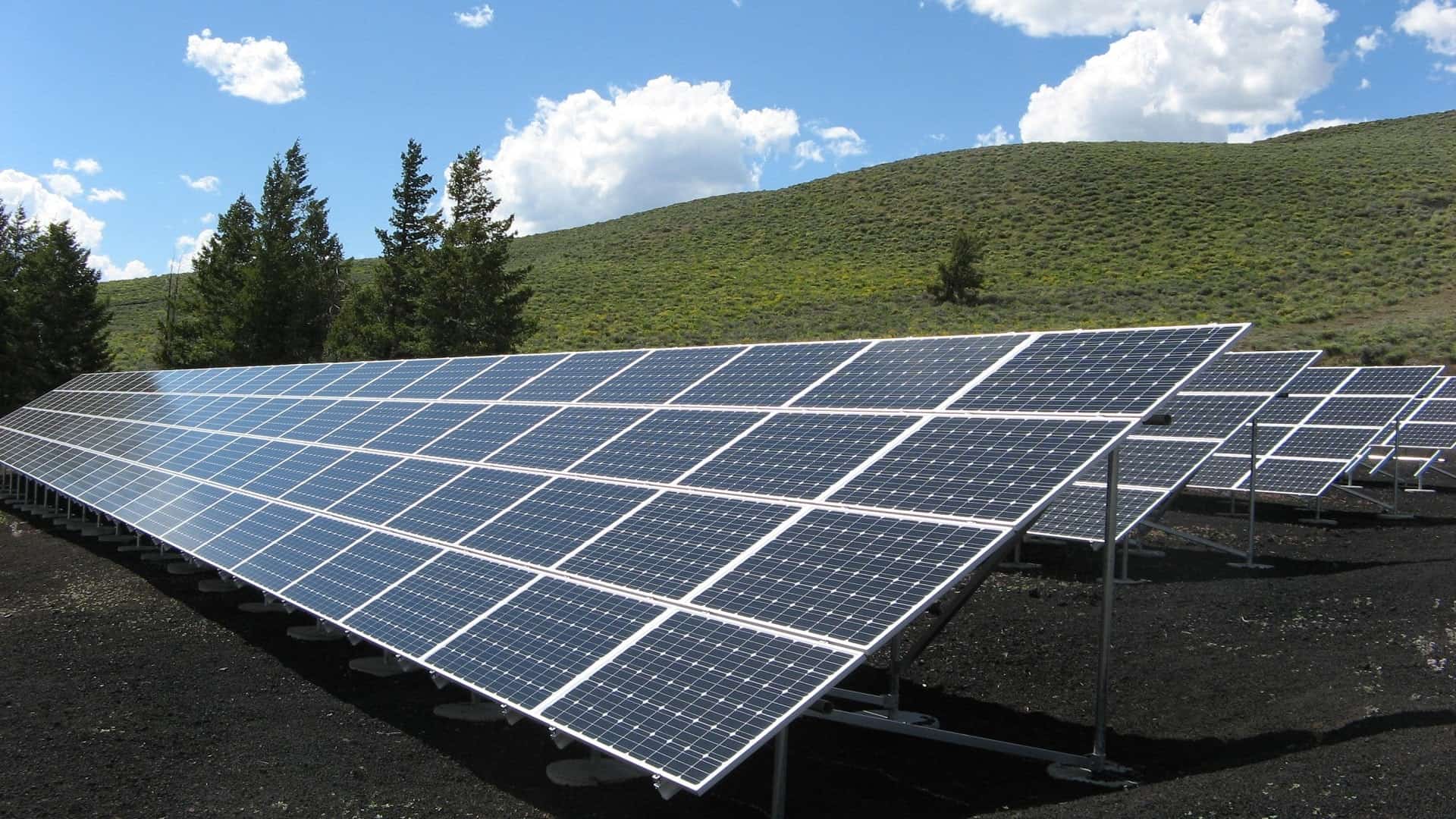RES. 109, or the “Green New Deal,” was first introduced in Congress by Representative Alexandria Ocasio-Cortez of New York and Senator Edward J. Markey of Massachusetts after the United Nations and American scientists warned that a further increase in the earth’s temperature would result in increasingly strong wildfires, droughts, heatwaves, and hurricanes.
The Green New Deal isn’t an act and wouldn’t have any tangible legislative, judicial, or executive power behind it— it is simply a pledge that our government would be taking.
For an easier breakdown, we deconstructed and simplified the Green New Deal into its two foundational parts:
The first half focuses on American Industry and Infrastructure:
- A Rapid shift to renewable and carbon free energy sources
- Developing a “smart grid” to optimize power distribution and limit waste
- A green transportation system focused on high-speed trains and emerging sustainable technologies
- The rehabilitation of American Grasslands and Forest to capture carbon dioxide
"And we have to decide whether we're going to pay to react or pay to be proactive. I can tell you now, the cost of pursuing a Green New Deal will be far less than the cost of not passing it."
Alexandria Ocasio-Cortez Tweet
While the second focuses on social welfare and consciousness:
- Stronger environmental protections
- The further development of workplace safety and anti-discrimination laws
- High quality educations for those impacted by reducing carbon emissions
- A commitment to providing universal health care and clean water, air, and food for all Americans
- Protecting the sovereignty of Native Peoples
Essentially, the Green New Deal aims at transitioning to a fully “green” society by 2030, adapting renewable energies across industries and onto existing infrastructure. In addition, the resolution pledges to provide living-wage jobs for those who need it and ensure a fair transition for frontline workers and communities. The Green New Deal is the perfect example of how environmental consciousness translates to social equity, highlighting pressing environmental issues and formulating solutions that will benefit all members of our society.
We highly recommend reading the entire resolution for a holistic and comprehensive overview of the Green New Deal (linked below). Despite its broad implications, the full document is only 14 pages! Read the full resolution below (from congress.gov) in 20 brief minutes.
